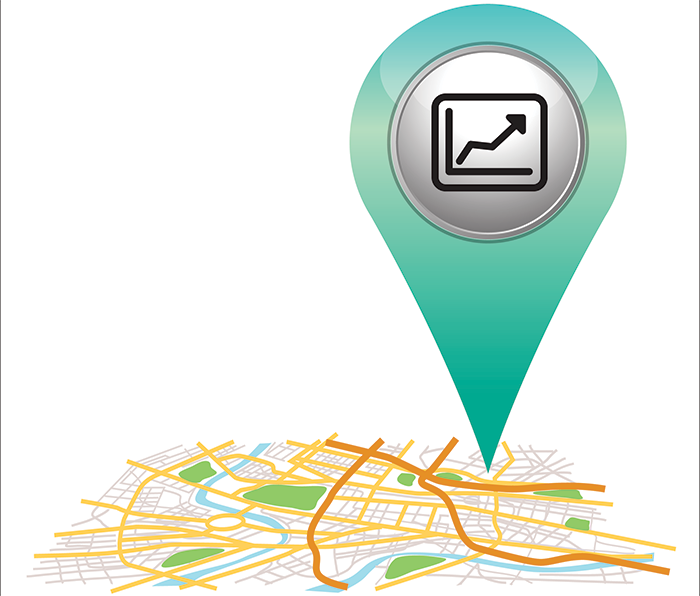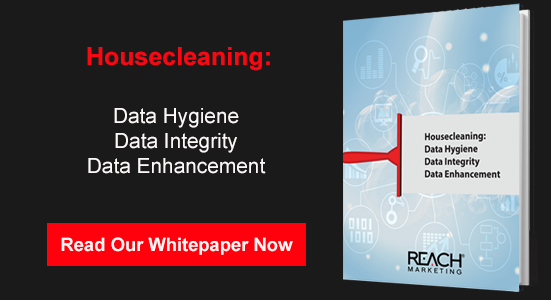“Location, location, location.” It’s the real estate agent’s mantra, but it’s just as important to marketers who connect with their audience. What’s more, marketers have a more precise idea of their visitors’ locations than ever before, thanks to data enhancement that backs up demographic information with site analytics to pinpoint traffic origins. Smartphones and other mobile devices share geolocation data freely, and as more than half of your leads now check email on the move, you know where to reach them.
Global Reach, Local Attention
In an increasingly globalized market, why is localization so important? It’s true that you can now market to people halfway around the globe from you as quickly as you can to someone down the street, but understanding the specific regional needs of locations you’re targeting is still critical to success. If you’re selling commercial tents and awnings, for example, you’re going to take a very different approach to your clients in the rainy Pacific Northwest than you would in arid Phoenix. Some products and services are more location-sensitive than others, but almost every business benefits from a better understanding of what its regional audiences want.
Localization and Data Enhancement
Geolocation can also combine with traditional data enhancement techniques to give you a more nuanced view of how your leads progress along their buying journey. By watching location-specific traffic flowing into your site and correlating that with known firmographic information from data enrichment, you see the decision-making process unfold. Your initial contact with a lead in Philadelphia might involve communication with the main office in Manhattan and branch offices elsewhere along the eastern seaboard, and you can track it all with a steady influx of data.
Localization Applications
The more you know about your customers, the better you’re able to serve them. For many businesses, part of that knowledge is a deep understanding of local and regional needs. Unique points of interest, shipping networks, demographic data, purchasing power heat maps, risk assessment – all of these and more are potential tools for smart businesses seeking ways to serve their audience. Combine that knowledge with more complete customer files from data enhancement services, and you outmaneuver the competition before they know which way to turn.
Here are other ways to incorporate location-specific data in your marketing plan:
- Think spatially – B2B businesses that understand their clients’ needs also benefit from an understanding of their customers’ customers. Location data gives you insight into the regional needs your clients fill and helps you solve their business problems more effectively.
- Maintain good data hygiene – Correlating location information with enriched data depends on good data hygiene. Know more about the data you already own and ensure its accuracy and integrity before cross-referencing it with location data.
- Precision matters – Location data can have quite a few surprises in store for marketers who make assumptions. Depending on the data you’re seeking, adjacent regions may have very different market profiles.
Pick the right partners – Not all data enhancement services are created equal. Choose a firm that has a reputation for quality, depth, and accuracy in data enrichment.
© Reach Marketing LLC 2017 All Rights Reserved.







